Introduction to Tractor Semi-Trailers
In the realm of transportation, the term “tractor semi-trailer” is often bandied about, yet a thorough understanding of what it entails can significantly enhance logistics efficiency. A tractor semi-trailer serves as a vital component in freight transport, designed to carry substantial loads across long distances. This article distills the complexity of tractor semi-trailers, offering insights into their design, functionality, and operational relevance.
The Structure of a Tractor Semi-Trailer
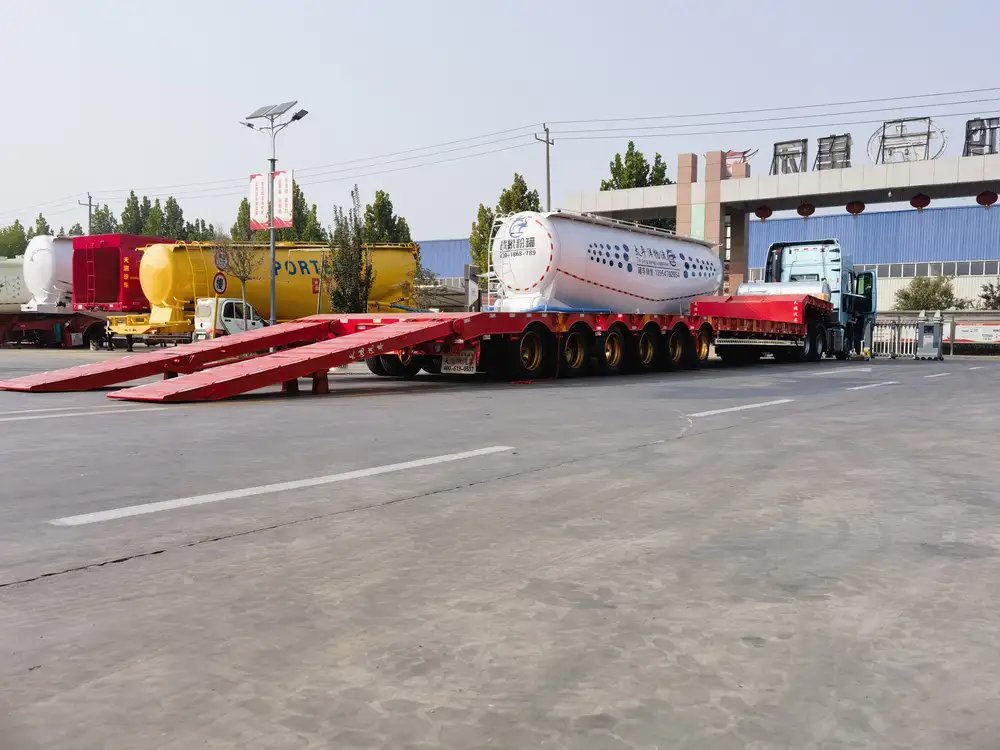
Component Breakdown
A tractor semi-trailer comprises various parts, each serving a unique purpose that collectively contributes to its overall functionality. Below is a breakdown of its primary components:
| Component | Description |
|---|---|
| Tractor Unit | The front part, which includes the engine, cab, and hitch. |
| Semi-Trailer | The rear part that carries cargo, attached via a fifth wheel hitch. |
| Chassis | The framework supporting the trailer, ensuring structural integrity. |
| Axles | The rotating shafts that support the trailer and enable movement. |
| Wheels and Tires | Essential for mobility and load distribution, providing road contact. |
| Cargo Area | The designated space for goods, often equipped with tie-down points. |
Understanding the Tractor Unit
The tractor unit is powered by a robust diesel engine, designed to provide high torque and horsepower, which are crucial for towing heavy loads. Equipped with an advanced transmission system, it allows for swift gear changes and improved fuel efficiency. Many modern tractors come with advanced features, such as GPS tracking and onboard diagnostics, enhancing operational efficiency.
The Semi-Trailer’s Role
The semi-trailer relies on the tractor for mobility, connecting through a fifth wheel mechanism. This allows for a seamless transfer of weight and facilitates better maneuverability, particularly at tight angles. The design of the semi-trailer significantly impacts cargo capacity and weight distribution, which can affect both performance and safety.
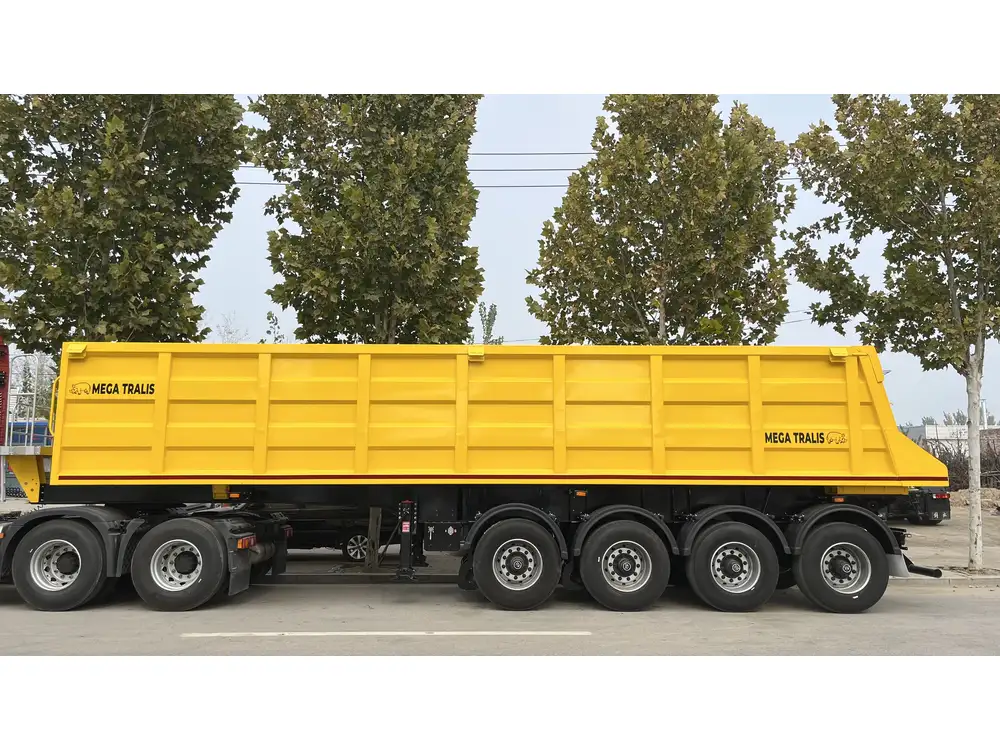
Types of Tractor Semi-Trailers
Diving deeper into the world of semi-trailers, we encounter numerous types, each tailored for specific cargo needs. Understanding these variations allows operators to select the most suitable design for their logistic requirements.
Common Types of Semi-Trailers
Flatbed Trailers
- Description: Open trailers that allow loading from the sides and top, ideal for heavy machinery, construction materials, and oversized items.
- Use Case: Construction projects, agricultural supplies.
Van Trailers
- Description: Enclosed trailers providing protection from weather and theft, commonly used for transporting packaged goods.
- Use Case: Consumer goods, electronics.
Reefer Trailers
- Description: Temperature-controlled trailers essential for perishable goods, featuring insulation and refrigeration units.
- Use Case: Food transportation, pharmaceuticals.
Tank Trailers
- Description: Designed to carry liquids or gases, these trailers often feature a cylindrical shape to facilitate the flow of the cargo.
- Use Case: Chemicals, petroleum products.
Dump Trailers
- Description: Equipped with a hydraulic lift system, allowing for easy unloading of bulk materials.
- Use Case: Construction debris, agricultural products.
Benefits of Using Tractor Semi-Trailers
The advantages of incorporating tractor semi-trailers into logistics and transportation cannot be overstated. Here are some key benefits:
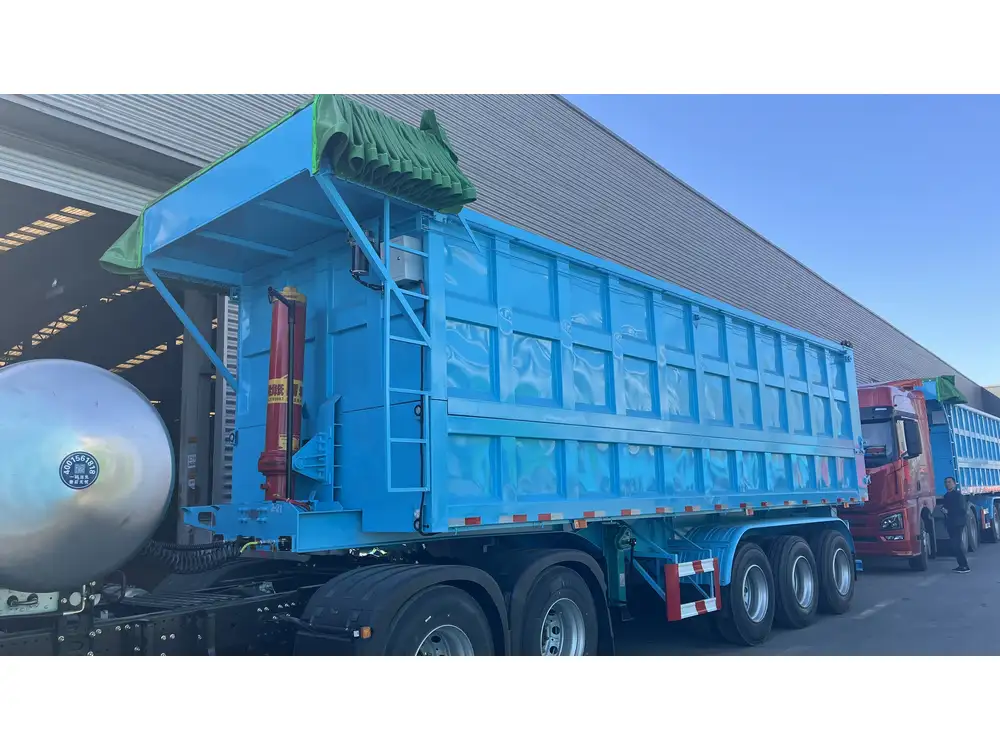
Enhanced Load Capacity
The modular design of a tractor semi-trailer allows for considerable load flexibility, accommodating a wide range of cargo types and volumes. This significant load-bearing capability is crucial for businesses looking to maximize efficiency and minimize trips.
Improved Fuel Efficiency
With evolving technology, modern tractors and semi-trailers are designed for optimal fuel efficiency. Innovations such as aerodynamic designs and advanced engine technologies contribute to reduced fuel consumption, resulting in cost savings over time.
Increased Maneuverability
The coupling design used in tractor semi-trailers allows for improved maneuverability, especially in urban environments or tight loading docks. The ability to disconnect and reattach trailers easily further streamlines operations.
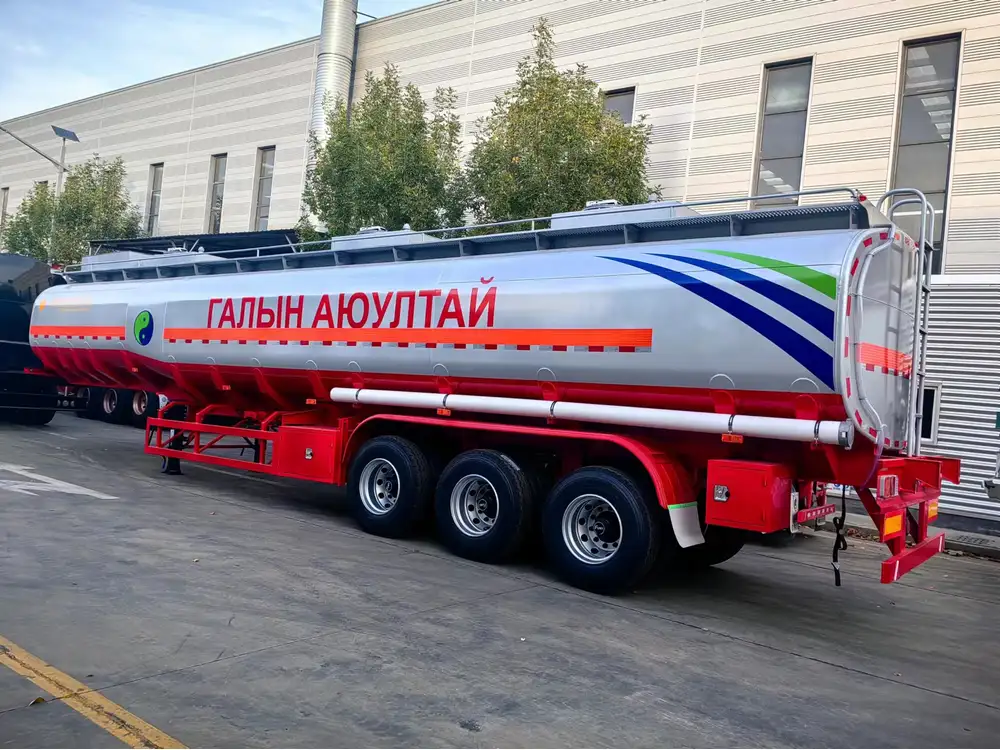
Versatile Cargo Handling
The variety of semi-trailer types means that there is a specialized option available for almost any type of cargo. This versatility ensures that goods can be transported safely and securely to their destination.
Safety Considerations for Tractor Semi-Trailers
While tractor semi-trailers are incredibly efficient, adhering to safety standards is paramount. Key considerations include:
Weight Distribution
Proper weight distribution across axles is crucial for maintaining stability during transport. An imbalanced load can lead to accidents or damage to the vehicle and cargo. Operators must adhere to weight limits set by regulations to ensure safety.

Regular Maintenance
Routine inspections and maintenance of both the tractor and semi-trailer are essential. This includes checking brake systems, lights, tires, and structural integrity to prevent breakdowns and accidents.
Driver Training
Operators should have extensive training in handling tractor semi-trailer combinations. Skillful maneuvering, particularly during turns and when reversing, can prevent accidents and improve safety on the road.
Operational Efficiency with Tractor Semi-Trailers
Efficiency is the backbone of successful logistics operations. Here’s how incorporating tractor semi-trailers enhances overall operations:

Streamlined Loading Processes
Advanced designs with open or flexible cargo areas enable quicker loading and unloading. This streamlining of processes has a direct correlation with reduced turnaround times and increased productivity.
Enhanced Tracking Capabilities
Modern tractors are often equipped with GPS and telematics. These technologies provide real-time data on location, engine performance, and fuel usage, allowing for informed decision-making and improved route planning.
Cost-Effectiveness
By transporting larger loads in fewer trips, businesses can significantly cut down on transportation costs. The durability and efficiency of tractor semi-trailers also reduce maintenance expenses over the vehicle’s lifecycle.
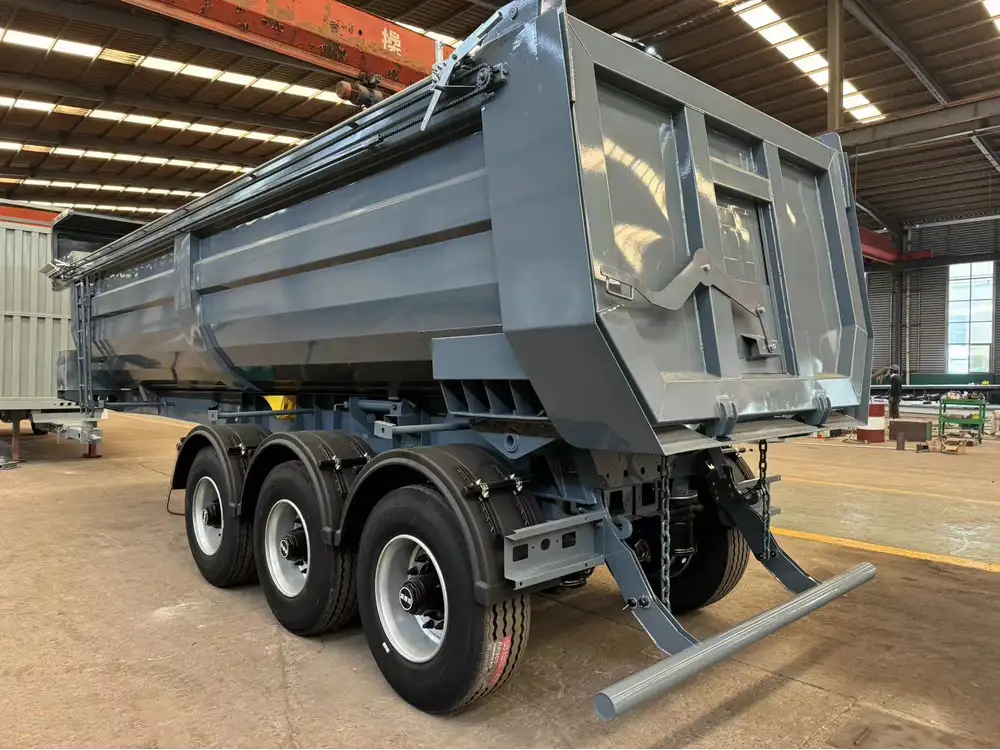
Sustainability Benefits
The shift towards fuel-efficient models and eco-friendly materials in trailer construction is paving the way for greener logistics. Reducing fossil fuel consumption and emissions is not only beneficial to the environment but also appealing to environmentally conscious businesses.
The Future of Tractor Semi-Trailers
Looking into the future, the evolution of tractor semi-trailers will continue to be influenced by technological advancements and environmental considerations. Here are some trends to watch:
Electric and Hybrid Models
As the transportation industry grapples with sustainability challenges, the emergence of electric and hybrid tractor units is anticipated. These models promise to reduce emissions and operational costs, reshaping how logistics runs in the near future.

Autonomous Vehicles
The advent of autonomous driving technology presents opportunities for semi-trailer operations to become more efficient and safer. Unmanned vehicles equipped with sophisticated navigation will likely alter the logistics landscape, reducing human error and increasing operational hours.
Enhanced Materials and Technologies
Innovations in lightweight materials and structural designs will enhance the load capacity and fuel efficiency of semi-trailers. Along with developments in smart materials, the trailers of the future may exhibit stronger resilience while decreasing their weight.
Conclusion: The Importance of Tractor Semi-Trailers in Logistics
Understanding what a tractor semi-trailer is and how it functions within the logistics and transportation sectors is crucial for businesses that rely on freight movement. The versatility, capacity, and efficiency of these vehicles make them indispensable in the supply chain. As trends shift towards sustainability, technology integration, and enhanced safety standards, the tractor semi-trailer remains at the forefront of revolutionizing transportation.
Incorporating tractor semi-trailers in our logistical strategies ensures we meet modern demands and future-proof our operations. With ongoing advancements and commitment to safety and efficiency, the role of tractor semi-trailers will undoubtedly expand, further solidifying their place as a cornerstone of the freight transport industry.



